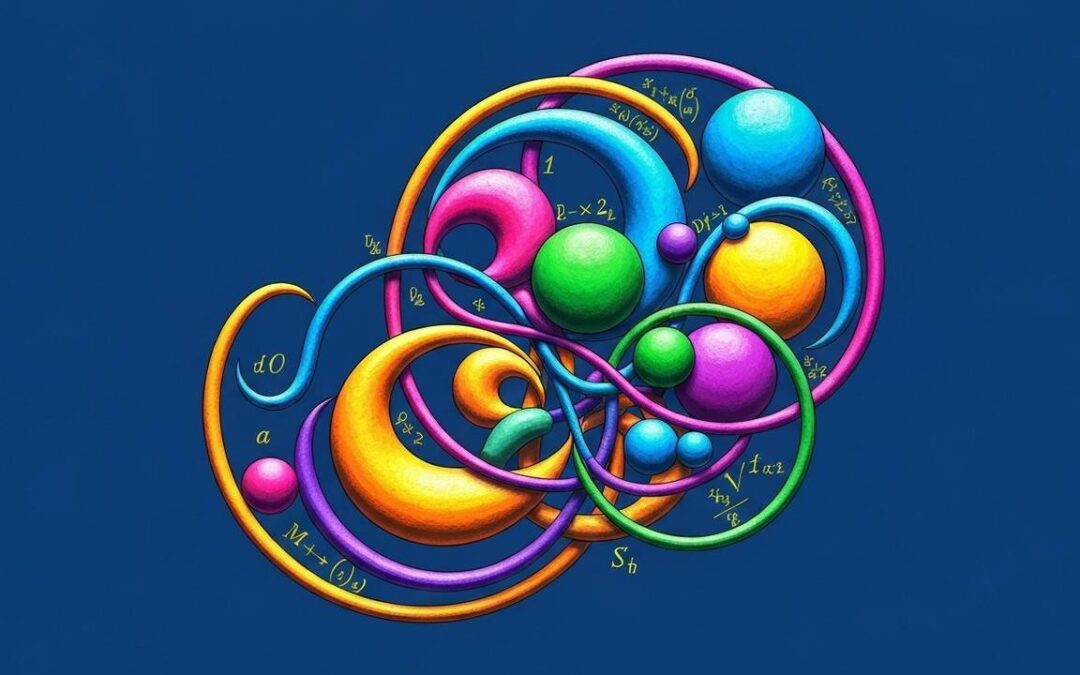Let’s tackle a fascinating problem about divisibility by the floor of the square root. We aim to identify all positive integers ##n## where the largest integer less than or equal to ##\sqrt{n}## divides ##n##. This involves understanding the interplay between square roots, floor functions, and divisibility rules. We will break down the problem step by step. We will explore the conditions under which ##\lfloor{\sqrt{n}}\rfloor \mid n## holds true, offering a clear and concise explanation.
Table of Contents
- Problem Statement
- Solution
- Understanding the Floor Function and Divisibility
- Case 1: ##n## is a Perfect Square
- Case 2: ##n## is Not a Perfect Square
- Finding Possible Values of ##n##
- Final Solution
- Similar Problems and Quick Solutions
- Problem 1: Find ##n## such that ##\lfloor{\sqrt{n}}\rfloor = 5## and ##\lfloor{\sqrt{n}}\rfloor \mid n##
- Problem 2: Find ##n## such that ##\lfloor{\sqrt{n}}\rfloor = 7## and ##\lfloor{\sqrt{n}}\rfloor \mid n##
- Problem 3: Find ##n## such that ##\lfloor{\sqrt{n}}\rfloor = 10## and ##\lfloor{\sqrt{n}}\rfloor \mid n##
- Problem 4: Find ##n## such that ##\lfloor{\sqrt{n}}\rfloor = 12## and ##\lfloor{\sqrt{n}}\rfloor \mid n##
- Problem 5: Find ##n## such that ##\lfloor{\sqrt{n}}\rfloor = 15## and ##\lfloor{\sqrt{n}}\rfloor \mid n##
More from me
Let’s explore a fascinating problem in number theory: finding all positive integers ##n## such that the floor of the square root of ##n## divides ##n##. This problem combines the concepts of square roots, floor functions, and divisibility, offering a rich mathematical landscape to explore. We’ll break down the solution step by step, providing clear explanations and examples to enhance understanding.
Problem Statement
Find all positive integers ##n## such that ##\lfloor{\sqrt{n}}\rfloor \mid n##. In other words, we are looking for numbers ##n## where the largest integer less than or equal to the square root of ##n## evenly divides ##n##. This involves understanding the properties of square roots and divisibility rules.
Solution
Understanding the Floor Function and Divisibility
The floor function, denoted by ##\lfloor x \rfloor##, returns the greatest integer less than or equal to ##x##. For example, ##\lfloor 3.14 \rfloor = 3## and ##\lfloor 5 \rfloor = 5##. Divisibility means that one number can be divided by another with no remainder. Our goal is to find ##n## such that ##\lfloor{\sqrt{n}}\rfloor## divides ##n## perfectly.
Case 1: ##n## is a Perfect Square
Let ##n = k^2##, where ##k## is a positive integer. Then ##\sqrt{n} = k##, and ##\lfloor{\sqrt{n}}\rfloor = k##. Since ##k## divides ##k^2##, all perfect squares satisfy the condition. For instance, if ##n = 9##, then ##\lfloor{\sqrt{9}}\rfloor = 3##, and ##3 \mid 9##. This shows that perfect squares are indeed solutions to our problem of divisibility by the floor of the square root.
Case 2: ##n## is Not a Perfect Square
If ##n## is not a perfect square, there exists a positive integer ##k## such that ##k^2 < n < (k+1)^2##. In this case, ##\lfloor{\sqrt{n}}\rfloor = k##. We need to find ##n## such that ##k \mid n##. This means ##n## can be written as ##n = k \cdot m## for some integer ##m##. Combining this with our inequality, we get ##k^2 < k \cdot m < (k+1)^2##.
Finding Possible Values of ##n##
Dividing the inequality ##k^2 < k \cdot m < (k+1)^2## by ##k##, we have ##k < m < \frac{(k+1)^2}{k} = k + 2 + \frac{1}{k}##. Since ##m## is an integer, the possible values for ##m## are ##k+1## and ##k+2##. Therefore, the possible values for ##n## are ##k(k+1) = k^2 + k## and ##k(k+2) = k^2 + 2k##. These values satisfy the condition of divisibility by the floor of the square root.
Final Solution
Combining both cases, the positive integers ##n## such that ##\lfloor{\sqrt{n}}\rfloor \mid n## are of the form ##k^2##, ##k^2 + k##, and ##k^2 + 2k##, where ##k## is a positive integer. These solutions cover all possibilities where the floor of the square root divides the number itself, fulfilling the divisibility by the floor of the square root requirement.
Similar Problems and Quick Solutions
Problem 1: Find ##n## such that ##\lfloor{\sqrt{n}}\rfloor = 5## and ##\lfloor{\sqrt{n}}\rfloor \mid n##
Solutions are ##25, 30, 35##.
Problem 2: Find ##n## such that ##\lfloor{\sqrt{n}}\rfloor = 7## and ##\lfloor{\sqrt{n}}\rfloor \mid n##
Solutions are ##49, 56, 63##.
Problem 3: Find ##n## such that ##\lfloor{\sqrt{n}}\rfloor = 10## and ##\lfloor{\sqrt{n}}\rfloor \mid n##
Solutions are ##100, 110, 120##.
Problem 4: Find ##n## such that ##\lfloor{\sqrt{n}}\rfloor = 12## and ##\lfloor{\sqrt{n}}\rfloor \mid n##
Solutions are ##144, 156, 168##.
Problem 5: Find ##n## such that ##\lfloor{\sqrt{n}}\rfloor = 15## and ##\lfloor{\sqrt{n}}\rfloor \mid n##
Solutions are ##225, 240, 255##.
| Concept | Description | Example |
|---|---|---|
| Floor Function | ##\lfloor x \rfloor## is the greatest integer less than or equal to ##x##. | ##\lfloor 3.14 \rfloor = 3##, ##\lfloor 5 \rfloor = 5## |
| Divisibility | ##a \mid b## means ##b## is divisible by ##a## (no remainder). | ##3 \mid 9## |
| Perfect Square | ##n = k^2## for some integer ##k##. | ##9 = 3^2## |
| Non-Perfect Square | ##k^2 < n < (k+1)^2## for some integer ##k##. | ##10## (##3^2 < 10 < 4^2##) |
| Solutions for ##n## where the floor of the square root divides ##n## | ##n = k^2##, ##n = k^2 + k##, ##n = k^2 + 2k## | For ##k=2##: ##4, 6, 8## |
We also Published
RESOURCES
- Floor square root without using sqrt() function : Recursive …
- Sqrt(x) – LeetCode
- math – Integer square root in python – Stack Overflow
- Integer square root – Wikipedia
- (int) Math.sqrt(n) much slower than (int) Math.floor(Math.sqrt(n …
- performance tuning – Fast integer square-root – Mathematica Stack …
- formula for sequence n appears floor(sqrt(n)) times : r/askmath
- Integer square root – The Rust Programming Language Forum
- What can the floor of a square root be rewritten as? – Mathematics …
- Fast integer sqrt algorithm? : r/technicalfactorio







0 Comments